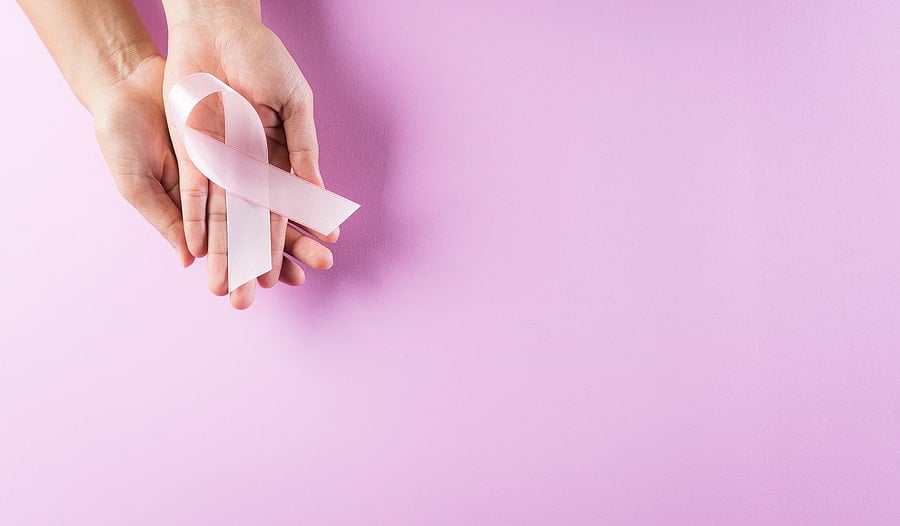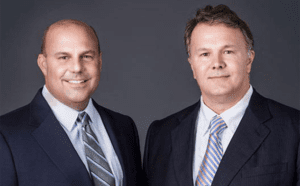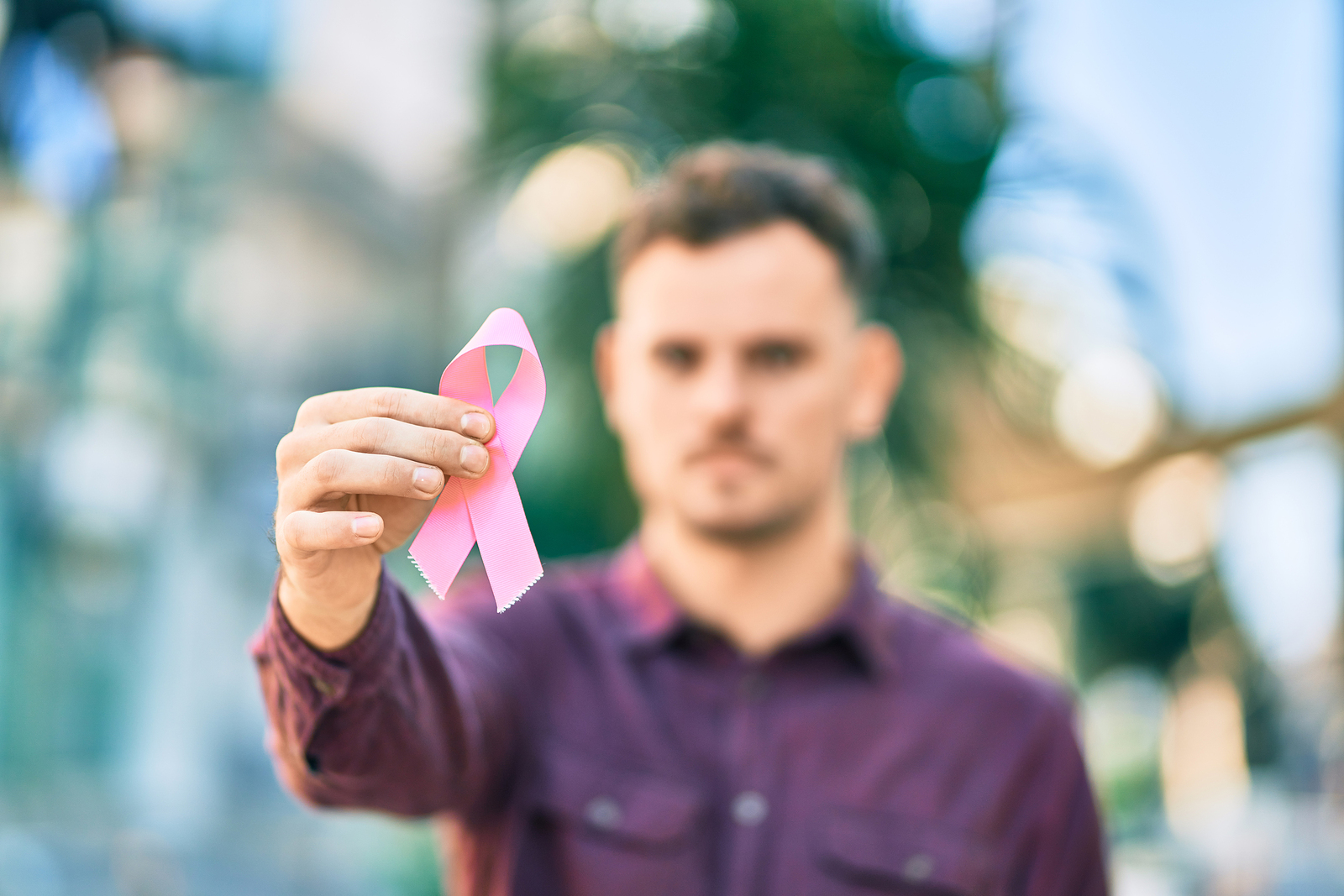Breast Cancer (Malignant Neoplasm) and Toxic Exposure to September 11th Dust

Malignant neoplasm of the breast—also known as malignant breast cancer—is the most common cancer in women exposed to the toxic dust and fumes near Ground Zero on 9/11. In the most recent report, the World Trade Center Health Program (WTCHP) noted that female breast cancer was definitely linked to 9/11 exposure in 321 first responders and 1,079 downtown “survivors”–Lower Manhattan area residents, students, and regular workers. Although much more rare and much less talked about, many men get breast cancer each year in this country and a fairly high percentage of them will die from it.
There are many potential causes for breast cancer, one known cause is exposure to the toxic environment during and for many months after the terrorist attacks in Lower Manhattan on September 11, 2001. The cleanup efforts after the attacks went on for close to a year, stirring up the dust and fumes that exposed not just the cleanup workers, but also the residents and workers in Lower Manhattan, leading to many cases of breast cancer in both men and women that have been certified as related to 9/11.
The dust and debris from the aftermath of 9/11 was so toxic that there have even been reported cases of breast cancer clustered around the Fresh Kills landfill in Staten Island where the 9/11 debris was trucked after 9/11 and where it remains today. For example, there have been reported cases of breast cancer in women who live near Fresh Kills, including one 32-year-old woman who has no history of cancer in her family, worried that living near the formerStaten Island landfill is linked to her breast cancer diagnosis.
When passed into law in 2011, the September 11th Victim Compensation Fund of the World Trade Center Health Program did not cover breast cancer. In 2012, the WTCHP, which is administered by the National Institute for Occupational Safety and Health (NIOSH) concluded that after conducting a long-term study, issued a report that recommended a major expansion of the existing $4.3 billion WTC Health Program to include eligible individuals with 50 types of cancer, covering 14 broad categories of the disease and breast cancer.
The decision by the WTCHP and the 9/11 VCF to provide treatment and compensation for victims of breast cancer was based upon the studies that documented PCB exposures to WTC responders and survivors based on air samples and the studies that have linked increased PCBs (which are are endocrine disrupt) with breast cancer. A major breast cancer study found that PCBs, as found throughout the 9/11 Exposure Zone, enhanced the metastatic properties of breast cancer cells and advanced breast cancer progression.
If you suffer from breast cancer and lived, worked, or attended school in the area of Ground Zero when the 9/11 attack occurred, you assisted in rescue, recovery, or cleanup in the area after, you could be eligible for medical benefits and/or compensation from the federal government. If you lost a loved one to breast cancer and they lived or worked in Lower Manhattan in or any time during the year after 9/11, your family may be entitled to significant compensation. An experienced 9/11 attorney at Hansen & Rosasco, LLP can explain your legal options.
What Is a Malignant Neoplasm of the Breast?
Malignant neoplasm of the breast, or breast cancer, is a condition in which malignant cancer cells form in the breast. These cells often create an abnormal mass, known as a tumor. Malignant tumors are aggressive. They invade healthy tissue and often spread through the lymph system to other parts of the body, known as metastasis.
While many people experience very few recognizable symptoms of breast cancer, some may have the following:
- A lump or thickening in the breast that feels different from the surrounding tissue.
- A change in size, shape, or appearance of the breast.
- Changes in the skin of the breast, such as dimpling.
- A nipple that has become inverted.
- Peeling, crusting, scaling, or flaking of the areola or other breast skin.
- Redness or pitting of the breast skin so that it has a similar texture to the skin of an orange.
When an individual seeks medical attention for a change to her or his breast, one of the first things a health care worker will do is perform a breast exam, in which the physician feels for lumps in the breast and the lymph nodes in the armpits. They may also perform an X-ray of the breast, known as a mammogram.
This is routine screening for many women, but they may perform a more thorough screening if there is a lump found in the breast. The provider can also perform an ultrasound, MRI, or other imaging of the breast tissue to help determine if lumps deep in the tissue are solid masses, which would indicate breast cancer.
While all of these procedures can indicate the possibility of breast cancer, the only definitive testing to officially diagnose the condition is a biopsy. A biopsy involves a doctor extracting a core of tissue from the affected area that is then sent to a laboratory for analysis to determine if the cells are cancerous. This test can determine the type of cancer present and the grade, or aggressiveness, of cancer.
Once an individual receives a diagnosis of malignant neoplasm of the breast, medical personnel will perform other procedures to determine the stage of cancer, which is the extent to which it has grown and spread. Knowing the stage of cancer can help the doctor to determine the best course of treatment.
The three stages of breast cancer include:
- Stage 1: Cancer localized to one area of the breast and does not show any signs of spread outside of that area.
- Stage 2: Cancer has spread to areas outside of the breast, such as nearby organs or lymph nodes.
- Stage 3: Cancer has spread to distant parts of the body, such as the lungs, liver, or bones.
Survival Rates From Malignant Neoplasm of the Breast
Detecting breast cancer early, before it has had the chance to spread, generally posts a five-year survival rate after a diagnosis of around 99 percent. Breast cancer that has spread to the regional area outside of the breast has a five-year survival rate of 86 percent. For those who have had their cancer spread to distant parts of the body, the survival rate after five years is 27 percent.
Because developments and improvements in breast cancer treatments occur all the time, the American Cancer Society stresses that the survival rates for men and women with new diagnoses are better than these numbers indicate. Other issues can influence the survival rate, including the grade of the tumor, the presence of hormone receptors on cancer cells, and the type of cancer. Inflammatory breast cancer and triple-negative breast cancer, for example, have a different survival rate.
Men have a lower survival rate from breast cancer than women. This is partly due to men having fewer symptoms present to indicate that there is a problem. Most men find their cancer after feeling a lump beneath the nipple and areola. The lower survival rate is also attributed to men being less likely to suspect that the lump that has appeared is breast cancer and, therefore, more likely to delay treatment.
You Can Qualify for Lifetime Medical Care Related to Your September 11 Cancer
 As of 2018, more than 10,000 survivors and first responders to the 9/11 attacks received cancer diagnoses and the number will only increase as cancer caused by toxic exposure generally presents after a latent period of many years. Those who suffer from breast cancer that was caused by exposure to toxins on September 11, 2001, or by working at Ground Zero in the days and weeks after the attack can qualify to receive FREE lifetime medical treatment through the World Trade Center Health Program.
As of 2018, more than 10,000 survivors and first responders to the 9/11 attacks received cancer diagnoses and the number will only increase as cancer caused by toxic exposure generally presents after a latent period of many years. Those who suffer from breast cancer that was caused by exposure to toxins on September 11, 2001, or by working at Ground Zero in the days and weeks after the attack can qualify to receive FREE lifetime medical treatment through the World Trade Center Health Program.
This program is one of two authorized initially in the James Zadroga Act of 2010 and later reauthorized in 2015. In 2019, the WTC Health Program and the other 9/11 program that benefits victims —the September 11th Victim Compensation Fund (VCF)—received an extension through 2090.
The WTC Health Program began keeping enrollment statistics in 2011. At that time, more than 56,000 responders and more than 4,500 survivors got into the program.
As of June 2020, around 79,000 survivors had obtained medical monitoring and care through the program along with 26,271 survivors.
- 58 percent of enrollees are general responders who participated in rescue, recovery, or cleanup operations in Lower Manhattan below Canal Street.
- 25 percent of the enrollees are survivors or family members of deceased individuals who lived, worked, or attended school in the area near Ground Zero at the time of the attacks and died of a 9/11 injury or illness.
- 16 percent were members of the New York City Fire Department.
- 1 percent were those involved in the response, rescue, recovery, or cleanup at the Pentagon or in Shanksville, Pennsylvania, where one of the planes that the terrorists plan to use crashed into the ground and killed all who were aboard.
Applicants can apply for the program online, or submit a paper application by mail or FAX. The documentation needed to apply depends on which eligible group the applicant belongs to—fire department responders, general responders, survivors of the attack, or responders at the Pentagon or Shanksville. Documents must detail the activity performed in the affected area, the location, the time period, and how many hours you spent at the location.
Members of the program live in every state in the nation and obtain medical care for their qualifying conditions through a Nationwide Provider Network. Medical and mental health services allow participants in the program to access treatment without a deductible, co-pay, or other out-of-pocket expenses.
Filing a Claim for Compensation
Also authorized under the Zadroga Act and later reauthorized until October 2020 is the September 11th Victim Compensation Fund (VCF). This fund provides compensation to those who were physically harmed as a result of 9/11 as well as the family members of those who died as a result of 9/11-related injuries or illnesses.
The fund uses information from the WTC Health Program to determine whether the applicant has a certified condition. The two programs are separate and applying for the WTC Health Program does not automatically register the claimant for VCF, nor does it guarantee that the VCF will pay a claim.
To file a claim, a claimant must first create an online account and register by the registration deadline. The registration deadline for those diagnosed with an eligible condition before July 29, 2019, is July 29, 2021.
Those diagnosed with an eligible condition after that date are still encouraged to register by that date, as that is the best way to ensure a timely filing process. Otherwise, you must complete registration within two years after a qualifying diagnosis. Registration is merely retaining your right to file a claim against the fund. Once you complete your registration, you will get a claim number to use during the claims process.
The VCF is a no-fault process, meaning that you do not have to establish liability for your illness, simply that you were in the lower Manhattan or other impacted areas during the time period in which rescue, recovery, and cleanup operations occurred, thus exposing you to deadly environmental toxins.
The VCF considers claims on a “first-in, first-out” basis. However, in the reauthorization of the fund, the policy changed to consider those suffering from the most debilitating medical conditions first.
The fund allows for claimants to obtain compensation for economic damages, which are out-of-pocket expenses incurred as a result of the illness or lost earnings (past and future), as well as non-economic damages. Non-economic damages are those that involve impacts on your daily life as a result of the illness, more typically called “pain and suffering.” You can also claim out-of-pocket medical expenses equaling more than $5,000 not covered through the WTC Health Program or private insurance.
When the VCF determines the amount it plans to award, claimants have a 30-day period during which to appeal that determination. If that 30-day period passes, it takes about 20 days for VCF to process your claim, and another 30 days for the Department of Justice and the Treasury Department to process the claim before they send the money to you. If you do decide to appeal the decision, the VCF will not complete your payment processing and receipt until after they decide on your appeal.
Let Us Help
 Both 9/11 programs provide help for those who are struggling with 9/11-related illnesses such as a malignant neoplasm of the breast. However, these programs involve many precise steps and can often be complex to navigate. Hiring an experienced 9/11 attorney to assist with the process means you have the experience needed to coordinate the application and claims process of these programs, as well as others that benefit 9/11 responders and survivors such as Social Security Disability or Workers’ Compensation. Additionally, we can help if problems with the application, registration, or filing process arise, including appealing a claims decision.
Both 9/11 programs provide help for those who are struggling with 9/11-related illnesses such as a malignant neoplasm of the breast. However, these programs involve many precise steps and can often be complex to navigate. Hiring an experienced 9/11 attorney to assist with the process means you have the experience needed to coordinate the application and claims process of these programs, as well as others that benefit 9/11 responders and survivors such as Social Security Disability or Workers’ Compensation. Additionally, we can help if problems with the application, registration, or filing process arise, including appealing a claims decision.
The attorneys who founded Hansen & Rosasco, LLP have fought for the rights of injured and ill 9/11 responders and survivors for many years.
Let us use our experience taking advantage of the 9/11 programs and their requirements to help you get the medical treatment and compensation you need. If your breast cancer was the result of 9/11 exposure, call us for a free case review at (855) 353-4907 or contact us online.

